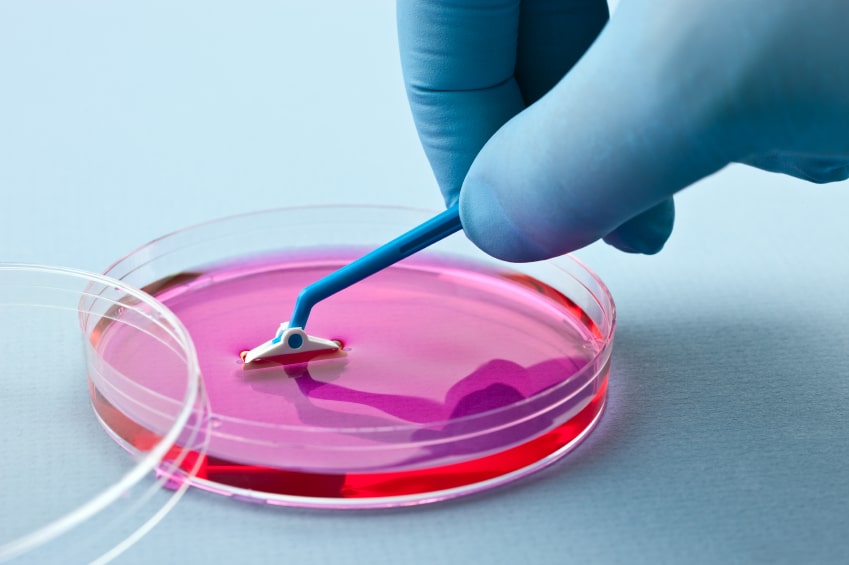Who’s top-of-mind in the plasticware market?
The term “brand equity” refers to the premium a company can charge for a product with a widely recognized name even when compared to an equivalent product manufactured under the same conditions. Below are the five ways we at BioInformatics LLC measure brand equity for our clients:
- Brand awareness – the degree to which a brand is recognized by customers, and measured in terms of “high” or “low.”
- Brand loyalty – the degree to which a brand has a constituency of regular users. Brand loyalty is derived from familiarity, satisfaction and the recommendations of colleagues over time. It’s usually measured in terms of “brand preference,” where all things being equal, the customer will choose one brand over another; and “brand insistence,” where no other product is acceptable to the customer.
- Competitive advantage – the combination of attributes that customers cannot find in competing products and that they value so highly, they’re unwilling, or extremely reluctant to switch. It’s important to remember that a brand’s competitive advantage is defined by the customer, not your marketing department or R&D team, and is often based on perceptions and not necessarily technical attributes.
- Perceived quality/Value – the degree to which a brand has an image of quality or value relative to its price, again through the “eyes” of the customer.
- Brand association – the memories and other mental connections that occur within the mind of the customer when confronted by a purchase decision. Associations may be positive, negative or non-existent.
Creating brand awareness is the first step to building brand equity. Without first establishing awareness customers will not be able to experience the product’s qualities or the company’s support that builds satisfaction, loyalty and competitive advantage.
In our recent report on the market for lab plasticware we measured both aided (top-of-mind) and unaided awareness of brands for both cell culture and liquid handling/storage. Here are the unaided responses for cell culture:

Here are the brands that were top-of-mind for liquid handling and storage:

The fact of the matter is that no scientist can afford either the time or the money to evaluate every plasticware product on the market. Choices have to be made. And when he or she wishes to purchase, again choices have to be made. In short, for the scientist, “All vendors are equal. But some vendors are a great deal more equal than others!” Or as we would say, some companies have more brand equity than others. Please learn more by downloading our complimentary report brochure.





